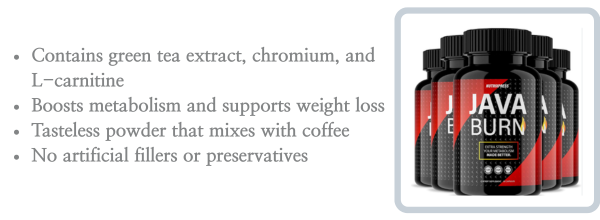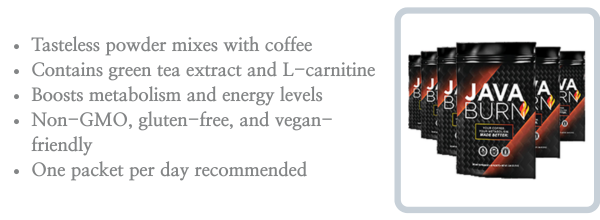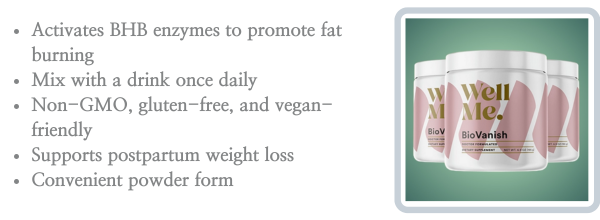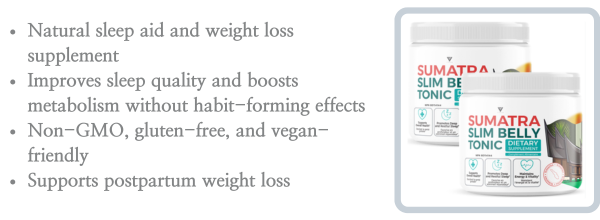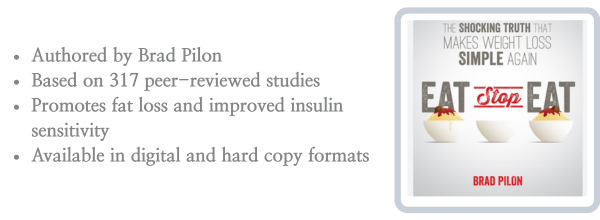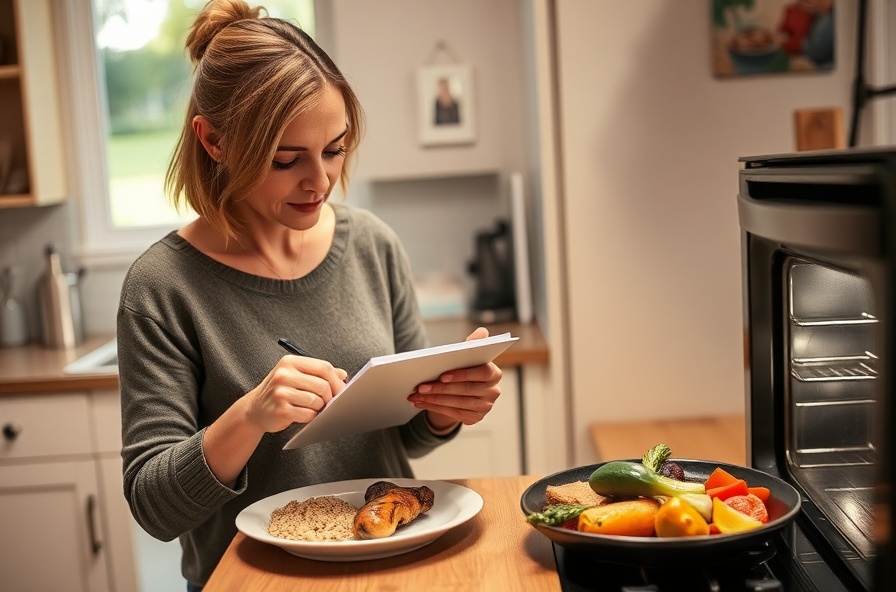
You know that moment when you’re just clock-watching, dreading the next soggy turkey sandwich and fighting off those mid-afternoon munchies? We’re diving into some genuinely realistic, high-protein lunch ideas that don’t eat up your morning, don’t taste bland, and—miracle of miracles—actually keep you from suffering through vending machine regret before the day’s out. You don’t need a chef’s hat or hours of free time to toss together a decent, protein-packed lunch for work. Just ten minutes and a bit of planning, and suddenly you’ve got meals that’ll not only fill you up (we’re talking at least 15 grams of protein each, minimum), but also give you some actual health perks—think easier digestion, better bones, stronger muscles. From those nostalgic “adult lunchables” to super-grab-and-go stuff, here are a bunch of ways I’ve shaken up my own lunchtime rut—without driving myself crazy.
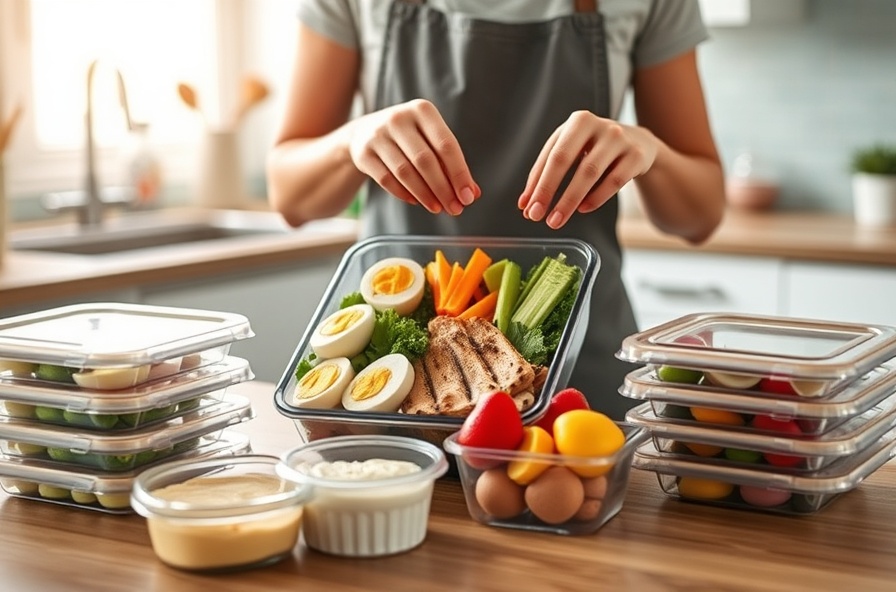
You know that moment when you’re just clock-watching, dreading the next soggy turkey sandwich and fighting off those mid-afternoon munchies? This article’s for you. We’re diving into some genuinely realistic, high-protein lunch ideas that don’t eat up your morning, don’t taste bland, and—miracle of miracles—actually keep you from suffering through vending machine regret before the day’s out. You’ll get a peek at why these kinds of lunches are more satisfying than the usual fare, how people are throwing them together so fast, and what’s worth your time versus what’s pure marketing baloney. Seriously, if your midday meal needs some fresh life, you’re about to get all sorts of inspiration you can actually use.
You don’t need a chef’s hat or hours of free time to toss together a decent, protein-packed lunch for work. Just ten minutes and a bit of planning, and suddenly you’ve got meals that’ll not only fill you up (we’re talking at least 15 grams of protein each, minimum), but also give you some actual health perks—think easier digestion, better bones, stronger muscles. From those nostalgic “adult lunchables” to super-grab-and-go stuff, here are a bunch of ways I’ve shaken up my own lunchtime rut—without driving myself crazy.
Ever find yourself drooping over your keyboard halfway through the workday after a lunch that barely made a dent in your hunger? Yep, I’ve done the limp sandwich routine more times than I care to admit. It’s a wonder any of us get through the afternoon without stalking the snack drawer.
Here’s what finally clicked for me: If you want to feel full (and not totally spent) by three o’clock, high-protein lunches can be a game-changer. The idea is surprisingly straightforward—make something easy to pack and eat, but with enough protein to actually last you until dinner. People are raving about adult lunchables (which, honestly, is just a fancier version of the little bento snack boxes we used to love as kids) because they’re simple and you get to mix up your own flavor combos. And the big win? Instead of the energy crash that follows a carb-heavy lunch, these meals can actually keep you going. Strangely enough, a lunch that looks playful on the outside can do a lot more work on the inside than you’d expect.
So the magic, really, is that you don’t need a complicated meal or an hour of meal prep on Sunday night. Science backs it up: protein fills you up and keeps you feeling that way for a while, which is what most of us are after, right? You absolutely don’t have to eat boring food, either. Staying away from those super-processed lunchmeats and boxed meals is smart though—it can be tempting to grab them for convenience, but the sodium and preservatives aren’t doing us any favors.
Honestly, it’s almost laughable how basic some of these options are. Slice a couple of hard-boiled eggs, toss in last night’s rotisserie chicken, grab some canned tuna, or even a bit of hummus and crunchy veggies, and you’re golden. Some folks go big, prepping a bunch of lunch boxes on Sunday; others just throw things together last-minute. And even if you only commit to protein-forward lunches a couple days a week instead of seven, it can seriously change how you feel by mid-afternoon. Sometimes it’s just about daring yourself to try something besides that shriveled sandwich—and noticing how much better you feel when you do.

Honestly, it’s such a relief having a lunch ready that you actually look forward to—especially during a week when everything else is chaos. And in case you’re stressing about getting it perfect—don’t. Swapping out just one or two lunches a week for something higher in protein can totally shift your afternoon energy. Just ease into it and tweak until you find what clicks. You might be surprised by how much better you feel and how much less you’re tempted to raid the office snacks.
sources
-
15 speedy, protein-packed lunches you can make in under 10 minutes – EatingWell
-
Super easy, grown-up lunchables for busy days – Nourished by Nic
-
No-fuss grab & go meals for losing weight (and staying happy at work) – The Nourished Path
Today’s related searches: high protein lunch meal prep ideas, quick high protein work lunches, how to prep protein lunches fast, make ahead high protein lunches, easy portable protein lunch recipes
[intro_box]
